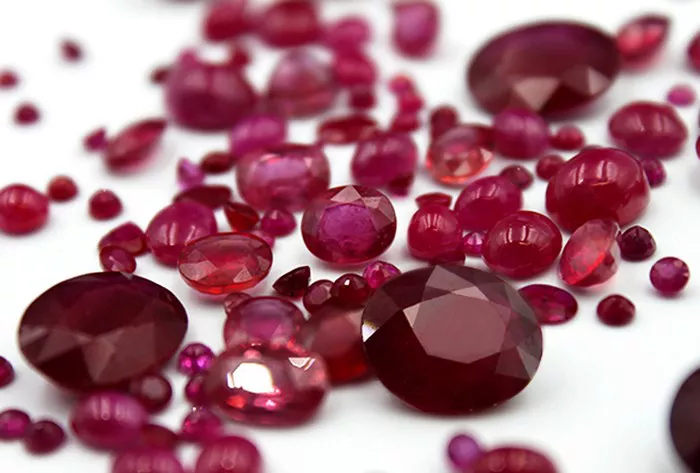Garnet sand, a naturally occurring mineral abrasive, is widely used in various industries for its exceptional hardness, durability, and abrasive properties. From waterjet cutting to sandblasting and filtration, garnet sand plays a crucial role in a wide range of applications. In this article, we’ll explore the uses of garnet sand in different industries and why it is favored over other abrasive materials.
Introduction to Garnet Sand
Garnet is a group of silicate minerals with similar crystal structures but varying chemical compositions. The most common type of garnet used in industrial applications is almandine garnet, which is known for its deep red color. However, garnet sand can also come in other colors, including pink, green, yellow, and orange, depending on its chemical composition and impurities.
Garnet sand is formed through the erosion and weathering of host rocks, such as schist and granite, over millions of years. The abrasive nature of garnet is due to its hardness, which ranges from 6.5 to 7.5 on the Mohs scale, making it ideal for cutting, grinding, and polishing applications.
What is Garnet Sand Used For?
Waterjet Cutting: One of the most common uses of garnet sand is in waterjet cutting, a process that uses a high-pressure stream of water mixed with abrasive particles to cut through a variety of materials. Garnet sand is preferred for waterjet cutting due to its hardness and ability to maintain sharp edges, resulting in precise and clean cuts. Additionally, garnet is non-toxic and environmentally friendly, making it a safe choice for cutting applications.
Sandblasting: Garnet sand is also used in sandblasting applications, where it is propelled at high speeds onto a surface to remove paint, rust, and other coatings. Garnet sand is preferred for sandblasting due to its hardness and low dust content, which reduces the risk of respiratory problems for workers. Garnet sand is also recyclable, making it a cost-effective and sustainable option for abrasive blasting.
Water Filtration: Garnet sand is used in water filtration systems to remove impurities and contaminants from drinking water and wastewater. Garnet sand’s high density and uniform particle size make it an effective filtration media, capable of removing fine particles and organic matter. Garnet sand is also chemically inert, making it safe for use in water treatment applications.
Abrasive Blasting: In addition to sandblasting, garnet sand is used in various abrasive blasting applications, including surface preparation for painting and coating, cleaning and deburring of metal surfaces, and etching of glass and stone. Garnet sand’s sharp edges and hardness make it effective for removing surface contaminants and achieving a smooth finish.
Abrasive Powders: Garnet sand is ground into fine powders and used in abrasive compounds and pastes for polishing and lapping applications. Garnet abrasive powders are used to achieve high-quality finishes on metal, glass, and ceramic surfaces, providing a uniform and scratch-free finish.
Jewelry Making: Garnet sand is used in the jewelry industry for cutting and shaping gemstones, including other varieties of garnet. Garnet sand’s hardness and abrasive properties make it ideal for shaping and faceting gemstones to achieve desired shapes and finishes.
Advantages of Garnet Sand
Hardness: Garnet sand is exceptionally hard, making it suitable for cutting, grinding, and polishing applications where a high level of abrasion resistance is required.
Uniformity: Garnet sand has a uniform particle size and shape, which ensures consistent performance in various applications.
Environmentally Friendly: Garnet sand is non-toxic and environmentally friendly, making it a safe choice for use in water treatment and other applications where environmental impact is a concern.
Recyclable: Garnet sand is recyclable and can be reused multiple times, reducing waste and lowering overall costs.
Conclusion
In conclusion, garnet sand is a versatile and valuable abrasive material used in a wide range of industrial applications. From waterjet cutting to sandblasting and water filtration, garnet sand’s hardness, durability, and uniformity make it an ideal choice for applications where a high level of abrasion resistance is required. With its environmentally friendly properties and recyclability, garnet sand is a sustainable option for abrasive blasting and other applications where environmental impact is a concern.


